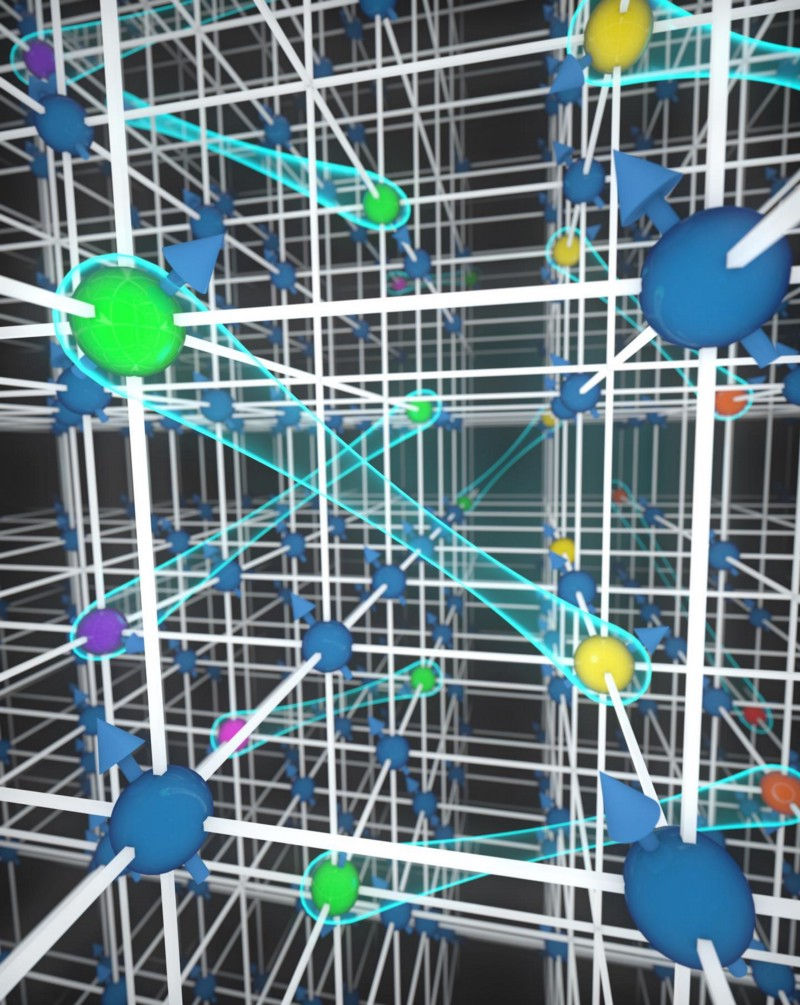Physicists Say They've Created a Fluid With 'Negative Mass'
- Ken Ecott
- May 21, 2017
- 2 min read

Scientists have created a fluid that exhibits the bizarre property of “negative mass” in an experiment that appears to defy the everyday laws of motion.
In the everyday world, when an object is pushed, it accelerates in the same direction as the force applied to it; this relationship is described by Isaac Newton's Second Law of Motion.
But in theory, matter can have negative mass in the same sense that an electric charge can be positive or negative.
The phenomenon is described in Physical Review Letters journal.
Is negative matter possible?
Prof Peter Engels, from Washington State University (WSU), and colleagues cooled rubidium atoms to just above the temperature of absolute zero (close to -273C), creating what's known as a Bose-Einstein condensate.
In this state, particles move extremely slowly, and follow behaviour predicted by quantum mechanics, acting like waves.
They also synchronise and move together in what's known as a superfluid, which flows without losing energy.
To create the conditions for negative mass, the researchers used lasers to trap the rubidium atoms and to kick them back and forth, changing the way they spin.
When the atoms were released from the laser trap, they expanded, with some displaying negative mass.
"With negative mass, if you push something, it accelerates toward you," said co-author Michael Forbes, assistant professor of physics at WSU.
He added: "It looks like the rubidium hits an invisible wall."
The technique could be used to better understand the phenomenon, say the researchers.

"What's a first here is the exquisite control we have over the nature of this negative mass, without any other complications," said Dr Forbes.
This heightened control also gives researchers a tool for exploring the possible relationships between negative mass and phenomena observed in the cosmos, such as neutron stars, black holes and dark energy.
Peter Engels Fundamental Quantum Physics Lab at WSU
Source: Physical Review Letters journal.








Comments